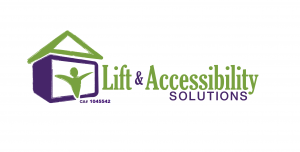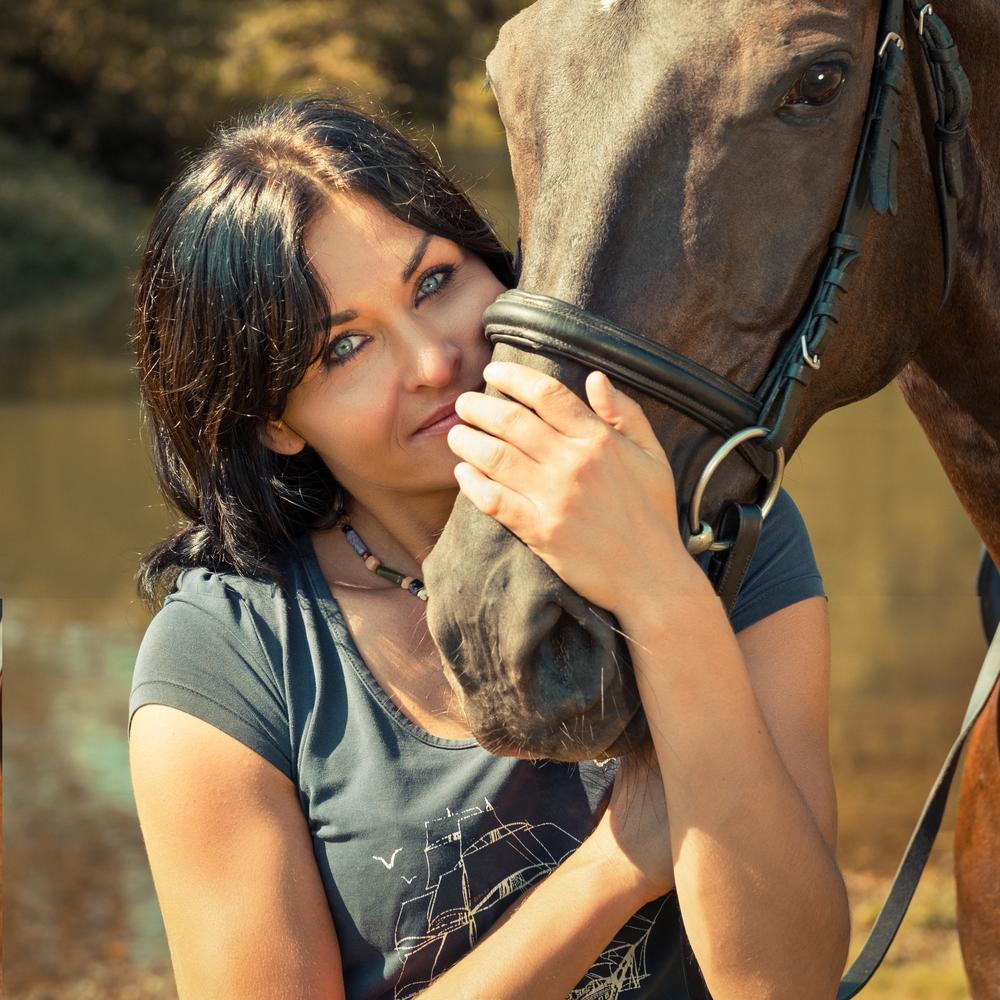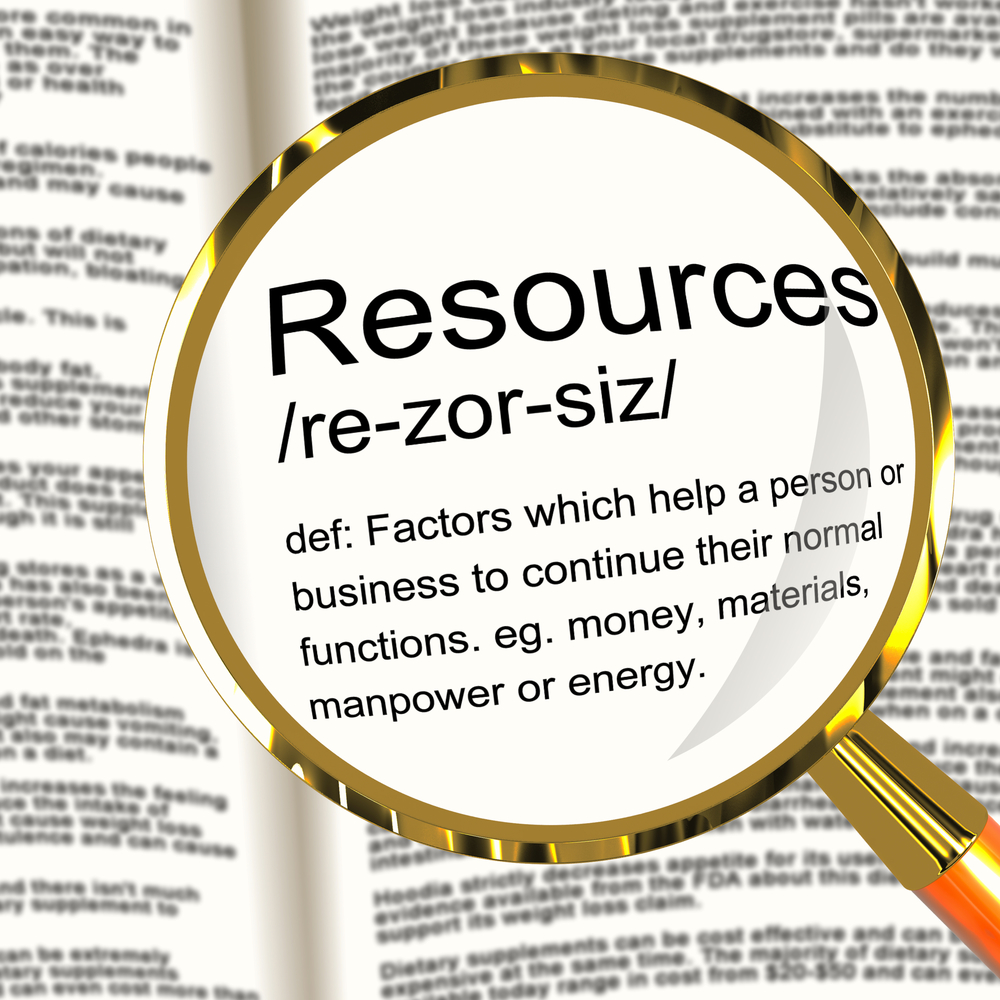18 Apr 2018
How To Get Into Adaptive Horse Back Riding
Adaptive horseback riding is a great springtime activity. The weather is turning warmer, and the flowers are in bloom, so this is a great time to be outside and take lessons.
How To Get Into Adaptive Horse Back Riding
You’ll want to make sure that you have an instructor certified by the Professional Association of Therapeutic Horsemanship International (PATH).
The instructor will tailor lessons to your individual needs by using adaptive equipment and techniques for a safe and fun lesson. An integral part of the first lesson is meeting with you and your family to determine what you’d like to achieve. Some students want to improve self-esteem while others want to improve their basic riding skills.
Adaptive Horseback Riding is Great For All Groups
Most classes will accommodate students age 4 and older. The instructor will set a pre-determined goal, then adapt the lessons to each individual in order to achieve that goal. All lessons are tailored to each student’s ability. The instructors will use exercises, games and other teaching methods, tools to reach these goals.
The motion of the human body on a horse is very much like the walking motion, so it is fantastic therapy. If you haven’t considered it, you definitely should. Not only does it have physical benefits like improved balance, posture and reflexes, it also provides emotional benefits as well. You’ll have more confidence and you’ll feel a sense of bonding between human and horse-it’s a special relationship.
We’ve seen many non-verbal students progress from being apprehensive to eagerly approaching their next lesson.
While you can take individual lessons, group lessons are even better. It’s a great way to develop social skills and even leadership. Some students love the riding lesson so much they want to learn how to care for the animals. That is definitely possible—you can learn stable management tasks like sweeping, cleaning and feeding and watering. It might even lead to a job.
Try Adaptive Horseback Riding
If you’ve felt limited in your ability to pursue recreational activities, consider adaptive riding. It is a wonderful recreational activity for people who need special equipment or special teaching methods. Many places offer both indoor and outdoor arenas, as well as horseback riding for the whole family—a great added benefit. With the adaptive program, you’ll have a certified instructor and someone who is leading or walking alongside the horse at all times to ensure the utmost safety.
So, if you’ve been looking for a new outdoor activity, there’s no better time than now to get on that horse and start your lesson today.
02 Apr 2018
How To Get Started With Adaptive Golf
Golf is a very adaptable sport, because it is more about will than ability. Golf is pretty fun. Even people who begrudgingly go with a friend to the course end up having a lot of fun once they start hitting balls around on the green. People everywhere play golf for exercise, fun and competition.
How To Play Golf with Different Abilities
Amputees can play. Leg prostheses have rotator joints and torsion absorbers that are perfect for golf. Adaptive hardware of this nature can let you complete the golf swing in a smooth fashion.
If you cannot walk, golf can be played from a seated position in a specially adapted single rider golf cart.
In fact, there are many adaptive devices that make golf accessible to players with disabilities. Even arm amputees can play golf; you can even play golf with one arm. For example, adaptive hardware attaches to a prosthetic arm and then to the golf club; this allows you to swing with both hands.
Where To Play Adaptive Golf
You can find golf courses, golf events and clinics at Disabled Sports USA Chapters or Paralympic Club Directory outlets around the country. There are also other golf organizations that can help. Many states have golf associations you can join. One example is the Georgia State Golf Association, which has 75,000 members and 350 member golf clubs. Organizations like this can help you find everything you need to play the game.
Adaptive Golf is For Novice and Expert Golfers
Golf is a great way to get out in the sun, do something fun and feel good about yourself. People who played golf before an amputation sometimes get frustrated playing afterwards, but some golfers report that their games have actually improved, or that they play just as well as they did before.
All golfers range in ability and score; this is part of what makes golf so fun—you keep playing and keep tweaking your game to improve. Various golf associations are working to get more single-rider adapted golf courts on public courses, and more equipment there, too, for that matter. PGA tournament play golf clubs already have most of this equipment.
What are you waiting for? Get out there and play. You’ll be surprised how happy you’ll be when that little ball goes up in the air and forward!
If you’re looking to get active, don’t let that wheelchair keep you from trying out the sport of basketball. Adaptive basketball, also known as wheelchair basketball, is a great way to get an excellent workout and learn to work as a team with others.
Why You Should Try Adaptive Wheelchair Basketball
History
Wheelchair basketball was first spotted in the mid-1940’s when World War II Veterans, seeking treatment in hospitals, started playing basketball together. A few years later, Timothy Nugent founded the National Wheelchair Basketball Association. Twenty years later, wheelchair basketball for women surfaced making this sport accessible to all.
How it’s Played
The rules are very similar to traditional basketball with the exception of the classifications each player is given. According to the National Wheelchair Basketball Association, there are 8 classes of players ranging from 1.0 to 4.5. The higher the classification, the greater the level of mobility. The lower the classification, the lower the level of mobility. Each classification is assigned a point that coincides with their class number. The total number of points present on the court can’t exceed 15 points between 5 players.
Meet Patrick
Meet Patrick Anderson. He’s classified as a 4.5 and is considered by many to be the best wheelchair basketball player in the world. He was born in August 22nd, 1979 with fully functioning legs. At nine years old, he was hit by a drunk driver and lost both of his legs just below the knee as a result. Patrick didn’t allow this tragic event to railroad his future. Patrick starting playing wheelchair basketball in 1990 and went on to win many gold medals both in Paralympics and World Championships.
Join a Team
Although you may not be on your way to the Paralympics like Patrick, you can still use adaptive basketball to push yourself and build friendships. You can find a local team by going to the National Wheelchair Basketball Association’s website.
Special Equipment
There is no special equipment required to play adaptive basketball. An athlete can compete with a traditional wheelchair but over time may choose to purchase a custom wheelchair designed specifically for the sport. Here are three basketball wheelchairs you might consider if you are getting serious.
Adaptive basketball is an incredible sport. If you love basketball, leave the sidelines and give the court a try. You just might be the next Patrick Anderson! Or you may simply improve your mental and physical health.
Across our lifespan, we roll out the excuses not to exercise. We refute the research and claim we are the exception to the rules. As we age, the question becomes “Why bother at this point?” For the benefit of your health (or a senior loved one), let us clear up a few faulty statements about exercise and aging.
Physical Activity Proves Beneficial for Seniors – Exercise Myths Busted
It’s Too Late to Start Exercising at My Age
Beginning a fitness routine at any age offers benefits. The sedentary lifestyle which plagues the senior population raises the risk of cancer, coronary heart disease, depression and anxiety. Muscle integrity decreases, and the risk of injury increases. Plus, physical activity improves mental fitness.
Arthritis (or Osteoporosis) Limits My Ability to Exercise
On the contrary, chronic conditions, like arthritis and osteoporosis, benefit from physical activity. Exercise combats joint pain and fatigue by increasing muscle mass, bone strength and flexibility. While you need to adjust the type of activity you pursue, inactivity worsens symptoms. Furthermore, a sedentary lifestyle correlates with obesity, type 2 diabetes and cancer. Getting active reduces the prevalence of such conditions.
I Hate to Workout
Good news: Staying physically active does not require you to “workout”. It simply means you need to move. Finding activities which you enjoy reaps greater benefits than ones you dread. If you are social, try a group exercise class. For water lovers, swim at your local pool. If family is your passion, chase your grandchildren around the backyard. Walking the mall with friends, hiking a local park, gardening, dance and even sex count as exercise.
The Gym is Expensive (Besides, it is for the Young)
Just as you can choose a physical activity you enjoy, you must find a place you are comfortable getting fit. After all, if you never go, the gym does you no good.
Check out:
- Gyms with senior class offerings
- A Silver Sneakers program at your local YMCA or gym
- Quieter times of day to workout i.e. mid afternoon
- Classes modified for fitness level, disability or sensory loss
Senior living communities and services departments cater exercise programs to an older population, if you are still uncomfortable at the gym.
Exercise is Unsafe for Me
In addition to chronic conditions, the risk of falls, or the presence of Alzheimer’s disease or dementia keeps seniors from exercising out of concern for safety. However, physical activities decrease the risk of falls by increasing balance and coordination. And, they aid in sleep, cognitive function and appetite, while reducing agitation, memory loss and wandering in people with these conditions.
In short, stop believing the myths and get moving. Physical activity is beneficial for seniors.
10 Feb 2018
This Is How To Get Into Adaptive Running
Ah, the pleasures of recreational and competitive running! Don’t let a disability stop you from enjoying this invigorating sport. Running relieves stress, boosts confidence and relieves depression. If you’re a beginner in the adaptive running world, here is some advice to get started.
This Is How To Get Into Adaptive Running
The First Step
Work your way up to running. If you haven’t done any adaptive running before, start with a run/walk program – run two minutes, walk one minute and repeat. Rather than setting a goal to go a certain distance, set a goal to run for a certain time. Start with 10 minutes, then 15, then 30 and so on.
Running Right
It is really important to have proper form and good body balance. If you are running on a prosthetic limb that is not properly fitted or designed for running, it can create issues in other parts of your body, particularly your spine. It is crucial for the body to be properly aligned; if it’s not, you’ll hurt most of the time.
Joint range of motion in the hip is also very important. Ideally, you should have the same range in both hips. One hip locking up a bit will cause misalignment. Work with a trainer to do specific exercises to increase your range.
Commitment
All sports are half physical and half mental, and running is no different. Your head must be in the game, so to speak. If it isn’t, you won’t be successful. Discipline and commitment are key, but persistence is the most important. It will take a while to learn the skills of adaptive running, so hang in there. It will definitely pay off with the health benefits.
Adaptive Running Equipment
Adaptive running requires the proper equipment. Special sport or running prostheses can handle the extra loads and minimize wear and tear on your body. You can do adaptive running in a regular wheelchair, but a sports chair or racing chair might perhaps better suit you. There are several community organizations and national adaptive sports programs that will let you try out a chair.
Whatever you do, give adaptive running a try. You’ll feel better, you’ll be healthier and you’ll love getting out into the great outdoors.
03 Jan 2018
Adaptive Skiing This Winter Season
Have you dreamed of a ski vacation this winter, but you need to find a destination that offers adaptive skiing? Don’t worry, you are in luck. Adaptive skiing is now offered more places. Let’s explore.
Where To Go?
There are over 65 resorts in the U.S and Canada that offer adaptive skiing and great ski runs for all abilities. From the Colorado Rockies to the mountains of New Hampshire, you’ll be able a great winter sports destination.
What Sports Are Offered?
Most destinations offer alpine skiing, Nordic skiing, and snowboarding for anyone with a physical, developmental or cognitive disability.
Lessons
Most resorts offer lessons so that people can learn the basics and become familiar with the adaptive equipment. Look for lessons offered by certified PSIA instructors from the Professional Ski Instructors Association. Many instructors for adaptive sports have backgrounds in medicine or physical therapy, so be sure to ask if you’d like to know more information about the instructors before you book your trip.
Many resorts offer week-long camps or clinics, which can be really fun. You can meet and learn with other people seeking adaptive sport opportunities. If you absolutely just love skiing, you can join an adaptive sports club and go to events and competitions. These clubs are a great way to meet up and compete with new friends.
Equipment
Bring the usual—gloves, hat, goggles, parka and ski pants, but you can get the rest of the gear once you get to the resort. Adaptive resorts have all the specialized gear you need. They offer monoskis and snowboards that are specially engineered to absorb the extra force and evenly distribute your weight on a sit-ski. Some resorts even offer a special track system that can be added to your wheelchair. It looks like the track on a tank and allows the wheelchair to navigate snowy terrain. It’s great—you can go explore the great outdoors. Most places do offer mono-skis, bi-skis, outriggers, sit-skis and ski-bikes, but call ahead. Some resorts don’t stock these devices but can arrange for them with enough advance notice. Also call ahead if you’d like special equipment. These resorts really strive to offer everyone the full ski experience, and are generally very accommodating.
It’s hard to find a more fun and exhilarating winter experience than adaptive snow sports. These ski runs are open to people with just about any disability, so what are you waiting for? Make that phone call!
Adaptive archery is just like regular archery. The athlete uses a bow to aim and propel an arrow to hit a target. Archery is an adaptable sport, and people of all ages, genders and abilities can participate. Archery athletes with various physical or cognitive impairments can easily compete alongside other athletes.
Benefits of Competing in Adaptive Archery
Participation and competition in adaptive archery can be a way for athletes to be active and socialize. It can be an opportunity to learn something new and a way for athletes to spend time with others who have similar impairment issues or no impairment issues at all. Athletes must learn not only the fundamentals of the sport, but also how these fundamentals apply to them. For individuals who aspire to do more, there may be the option of making a U.S. Paralympic or World Championship Team.
Equipment Options
When selecting a bow there are two choices: recurve and compound. Both styles of bow offer advantages and disadvantages, and both options can be modified for use by adaptive athletes.
Recurve Bows
A recurve bow, also known as a traditional bow, consists of a single bow body and a string that connects to the ends of the body. This is a very simple and effective design. When starting out in the sport of archery, it is recommended to begin with a recurve bow. Modern recurve bows are made from fiberglass or carbon for strength and durability.
Compound Bows
Compound bows feature an updated, more modern, design. The bow body is smaller and constructed from aluminum or carbon fiber. Pulleys are located on the ends of the body and strings are run through the pulleys. The pulley system requires less strength to use the bow, while also delivering more power in the delivery.
How to Make Archery Adaptive
For prospective archers, it is necessary to work with a trainer who can assess their ability and skill level and create a teaching and training plan structured to fit the individual’s needs. Specialized equipment may be necessary in order to train and compete. A bow can be modified to make it possible for easy operation by an adaptive athlete.
Getting Started in Adaptive Archery
Training and practicing can be a fun activity for adaptive athletes interested in archery. Learning the proper techniques and skills can build discipline and self esteem. This is an activity adaptive athletes can learn and practice alongside other athletes of different abilities and skill levels. This can create understanding and give the athletes something they can learn more about and grow into. In some cases, athletes can go on to compete.
One of the best ways to keep in a positive mindset is to be active in recreational or sports activities. Both children and adults can stay healthy mentally and physically as they gain self confidence as well as muscle strength and coordination from these activities. Have you wanted to try out adaptive cycling, wheelchair basketball or even adaptive surfing but have no idea where to begin looking?
Where To Start With Adaptive Sports
All across the country there are many communities that are home to organizations designed to provide activities to people with cognitive and physical needs. Some cities offer these programs through their local Park and Recreation services or local hospitals as well as organizations that are established and run independently.
Community programs often offer varieties of recreational and sports activities for all level of abilities. Often no experience is required for most programs unless they are advanced classes. Many of these organisations are also able to provide adaptive equipment for practice and learning.
Don’t Be Daunted
Participation can at first be a daunting thing, as newcomers to adaptive sports need to overcome the mental doubts they may have concerning what they can achieve in time. As they begin to excel at adaptive sports, the emotional boost from success can provide distractions from the stress of daily life. Team sports also promote a sense of camaraderie, competitiveness and teamwork.
Each year thousands and thousands of adults and children with disabilities take part in programs to learn about adaptive sports. With the help of volunteers and the right adaptive equipment, there is a sport for almost anyone with a cognitive, emotional or physical disability willing to give these activities a try.
With several options out there, it is strongly suggested that people try more than one sport and group. With trial and error, patience and persistence you will find that sport that you love.
The following is a list of some organisations that can help you get a start in exploring adaptive sports options. This list is by no means complete, but it is a good start for anyone desiring to learn more about adaptive sports.
YMCA Clubs Clubs
http://www.ymca.net/find-your-y/
Boys & Girls Clubs
http://www.bgca.org/whoweare/Pages/FindaClub.aspx
Children’s Hemiplegia and Stroke Association
Sports Club Finder
https://www.va.gov/adaptivesports/va_clubFinder.asp
National Center on Physical Activity and Disability
“Access Anything: I Can Do That!”
National Sports Center for the Disabled
(303) 293-5711
The new year is a perfect time to try and make some life changes. If you’re like many others, you’ve considered trying to live a healthier lifestyle. Eating better, changing some habits–these are all great starts. But one thing’s for sure: the best way to make this positive change is to begin an exercise program. But, what if you’re one of the almost 50 million Americans who suffer from some sort of disability? You might think that this setback makes it impossible for you to start exercising. Well, if that’s true, you need to think again.
Chances are you’ve never heard of Mark Inglis. Or Phillipe Croizon. In fact, most people will probably never hear of these individuals. And yet, for those people who go through life with some sort of disability, these men’s names (and many like them) should be names they are very familiar with. Why? Because these men never let their disabilities stop them from achieving their dreams, and both went on to accomplish spectacular feats. Mark Inglis, a double amputee, climbed Mt. Everest in 2006. And Phillipe Croizon, who lost all of his limbs in an accident many years ago, successfully swam the English Channel in 2010. Stories like these–and these two only scratch the surface–just go to show you that, regardless of the obstacles you might face in life, you can accomplish anything if you put your mind to it.
Of course, living with a disability does present some obstacles, and depending on your specific situation, the things you want to accomplish might change. Regardless of what you decide to work on, here are a couple of things to keep in mind:
- Consult a Doctor or Physical Therapist First. This is always good advice, but just make sure your healthcare professional is aware of your new exercise program, and gives you the greenlight to begin. They might even have a program in mind that you should start.
- Look For a Disability Exercise Group, or Start One. Chances are, you’re not the only one in your area with a disability who’s looking to get healthy. By joining a group, you can find the support and help that naturally comes from joining, coupled with knowledgeable people who are able to help you get the most from your unique situation.
- Don’t Strain Yourself. This is another good piece of advice for everyone, but one that resonates even more when a disability is involved: don’t overdo it, especially when you are just starting out. This is a common mistake, and one that can lead to further problems in the future.
So, as you begin a new year, think about what you want to change in your life. And whatever you do, don’t think that having a disability somehow disqualifies you from living the life you wish to have. Remember Mark Inglis, Phillipe Croizon, and the millions of others who have made the decision to not let their disabilities slow them down, and then make the same choice.













